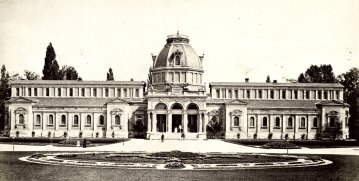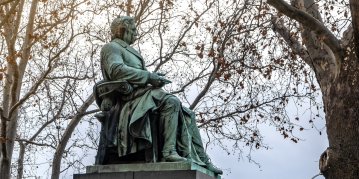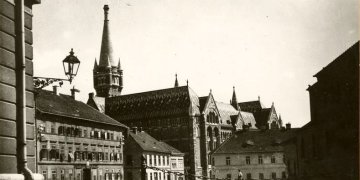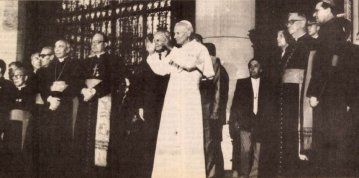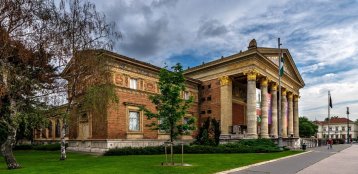
Filepkó Dominik
Cikkek
Diana, Margit, Erzsébet and Hungária - Forgotten baths from the past of Budapest
August 29, 2021 at 8:30 AM
This summer is slowly coming to an end, and the sudden cooler weather is no longer good for going to the beach. Fortunately, Budapest also has many baths, which we can visit even in cooler weather; it is enough to think of Széchenyi, Rudas or Gellért. Unfortunately, there are also a good number of baths that we can no longer enjoy today, even though they were architecturally significant as well. Here are 3 + 1 baths from the past of Budapest!
The Wise Man of the Nation – Deák Ferenc died 145 years ago
January 31, 2021 at 5:00 PM
He played a prominent role in reaching the Austro-Hungarian Compromise of 1867, which created the dualist state known as the Austro-Hungarian Monarchy. The compromise led to stunning development in Hungary. Ferenc Deák, the "Wise Man of the Nation", died on 28 January 1876, 145 years ago. Many memorials throughout Budapest stand in honour of the great statesman.
A lookout in the works – Medieval István Tower the inspiration behind tower of the National Archives
January 2, 2021 at 12:00 PM
The National Hauszmann Program recently announced that the destroyed tower of the National Archives' building in Buda Castle would be rebuilt during the building's renovation. Join Pestbuda on a stroll through the history of this iconic tower.
The only pope to visit Budapest twice: Pope John Paul II
November 23, 2020 at 10:00 AM
Allegations that surfaced recently in the McCarrick report have ignited calls to have Pope John Paul II stripped of his sainthood. The much-revered Pope was the first to visit Budapest, and as a result, has a living memory in Budapest.
Renovation of Hall of Art to begin as Government confirm priority status
July 15, 2020 at 10:00 AM
The Government has declared the renovation of the Hall of Arts to be a project of national economic importance and investment of high public interest. The building was originally constructed in 1896 as part of the events to commemorate the millennium of Hungarians living in the Carpathian Basin. However, when work will begin on the building, designed by Albert Schickedanz and inaugurated by Franz Joseph, is currently unknown.

